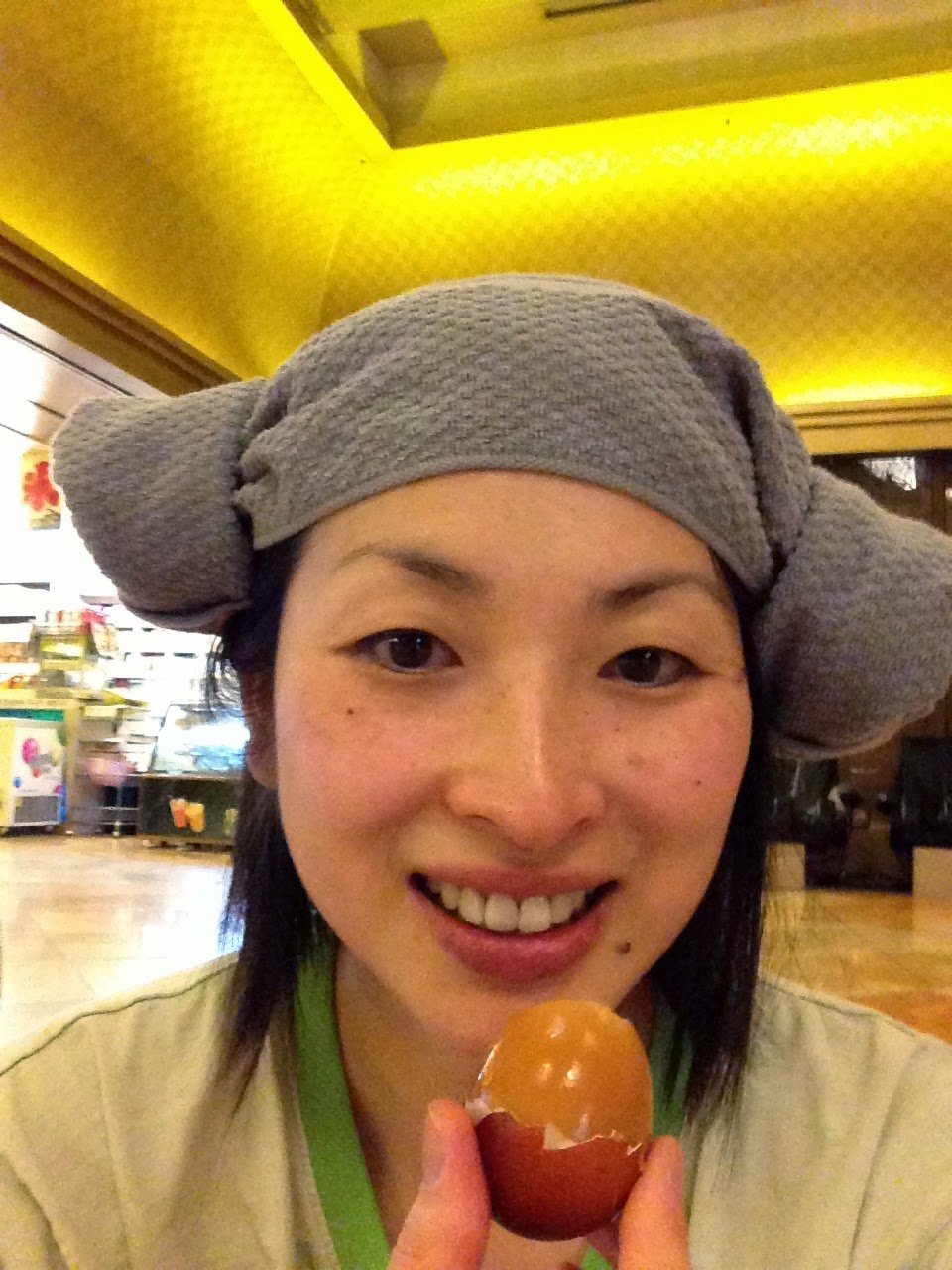My first visits to Seoul in the 2000's were strictly work trips. Back then, I had no burning desire to visit South Korea but I remember a cold wintry land where an indecipherable language was spoken. The memories of the food was tremendous though - warm kimbap (rice rolls) wrapped in foil for breakfast bought by a colleague and a BBQ lunch where all of us stank of garlic afterwards.
Fast forward a decade and Korean pop culture is the cultural trendsetter in Asia - exporting K-dramas and K-pop to all of Asia and the world. You can watch Korean dramas and variety shows (subtitled in English) on drama apps. Korean pop acts release their music videos real-time on Youtube for their global fans. There have been K-pop concerts not just in Asian countries but also LA, New York, Paris, Brazil. After watching 30+ dramas, following 2 K-pop bands and numerous websites, my immersion into K-culture is deep. I've attended a few Korean language classes at MIT and no longer does the Hangul alphabet flummox me. A Korean mega-supermarket - Hmart opened near my home and I learnt to cook and love Korean food with its strong, spicy flavors.
No surprise then that I had a culinary hit-list for our vacation in Seoul this year. Bibimbap, street food, jigaes, kimbaps - short of pork hocks and intestines, I wanted to eat it all!
Luckily, the food at Rakkojae where we stayed for two nights was excellent and we started each morning with a satisfyingly traditional breakfast. The first morning, we had an abalone porridge with grilled fish. It was my first time eating abalone porridge but it was thick, subtle and delicious!
 |
| Abalone porridge at Rakkojae |
The second morning, we were treated to Winnie's spicy kimchi jigae. Unfortunately, this was too spicy for Paul so I tried to eat both portions while Winnie cooked up more abalone porridge for Paul. I also loved the egg rolls!
 |
| The kimchijigae at Rakkojae for breakfast |
Walking around the streets of Insadong, we enjoyed this hot eggy bread (gaeran bbang) which was a delicious morsel in the cold January weather.
 |
Eggy bread
|
More snacks - at the sauna (jijimbang), I couldn't wait to drink the sikhye (a sweet rice drink) and eat sauna-style eggs. These are eggs that are beige/brown in color, having been cooked at a very low heat for a longer time. Rather than the taste, it was more to do with the overall jijimbang experience that I have seen so often in k-dramas. While all this was happening, Paul was enjoying the sauna.
 |
| Selfie at the jijimbang with egg (sorry no make up!) |
While out late night shopping in Dongdaemun, this seemed like an ideal opportunity to enjoy some spicy tteobokki from the street stalls. Filling, sweet and very spicy, I couldn't even finish this small portion of rice cakes.
 |
| Spicy tteobokki (rice cakes) |
After a couple of hours of the requisite sightseeing at the Gyeongbokgung palace, Paul admitted it was boring and off we went to look for food in Samcheongdong. This was a delightful area bordering on Bukchon Village with lots of interesting cafes. We were tempted by the signs alluding to waffles at this one café but it was this massive portion of patbingsoo (shaved ice with red bean, vanilla ice cream, mochi and banana) that truly hit the spot.
 |
| Red bean patbingsoo |
And my favorite snack - close to our hotel in Myeongdong, a busy kimbap joint makes the Korean equivalent of Subway sandwiches on the spot. Warm rice rolls with assorted fillings, wrapped in seaweed. The rice is flavored with sesame oil and Korean seaweed is tastier than it's Japanese counterpart, making kimbap satisfyingly savory.This decent portion only cost about $4!
 |
| Made to order kimbap |
With Paul not being able to eat spicy food, bibimbap was an ideal compromise as the spicy gochujang sauce often comes separate so that it can be mixed according to taste. In the basement of Ssamzegil mall in Insadong, Gogung is well-known for their Jeju-style bibimbap. I enjoyed a spicy squid bibimbap dolsot-style which meant it came in the hot stone pot. I prefer bibimbap this way in the winter as it keeps the rice toasty-hot. Others also enjoy the crunchy rice at the bottom.
 |
| Dolsot bibimbap (hot stone) |
 |
| Generous banchan |
Our meal at Gogung also came with some interesting side dishes which I enjoyed trying. I also love makgeolli (Korean rice wine) which came in the traditional kettle! Unfortunately, it was too much liquor for me and I could only manage a couple of bowls.
 |
| A Kettle of Makgeolli |
I had so much fun eating in Seoul - it's no surprise that my only regret is that I didn't get to eat even more! We never got round to enjoying Korean vegetarian temple food, BBQ pork belly (samgypsal), beef soulongtang (beef bone stock soup), ginseng chicken soup (samgyetang) or fried chicken!
Guess these are my five reasons to plan another visit...



